blue columbine
Mason, Hillsborough County, south central New Hampshire: Rob Duval, CC BY SA 3.0, via Wikimedia Commons @ https://commons.wikimedia.org/wiki/File:Heavycolumbinebloom.jpg
Male Broad-Tailed Hummingbird (Selasphorus platycercus)
Wyoming; Aug. 2, 2011: Kati Fleming, CC BY SA 3.0, via Wikimedia Commons @ https://commons.wikimedia.org/wiki/File:Broad-tailed_Hummingbird_Selasphorus_platycercus;_male_perched_on_branch.jpg
Selasphorus platycercus map: Cephas, CC BY SA 3.0, via Wikimedia Commons @ https://eu.wikipedia.org/wiki/Fitxategi:Selasphorus_platycercus_map.svg
vase-shaped flowers of Hibiscus syriacus 'Blue Bird' ('Oiseau Bleu'): Andre Abrahami (Abrahami), CC BY SA 2.5, via Wikimedia Commons @ https://commons.wikimedia.org/wiki/File:Hibiscus_syriacus_Blue_bird.jpg
male blue-throated hummingbird: Commonnighthawk, CC BY SA 3.0, via Wikimedia Commons @ https://commons.wikimedia.org/wiki/File:Lampornis_clemenciae_(male).jpg
Lampornis clemenciae map: Cephas, CC BY SA 3.0, via Wikimedia Commons @ https://eu.wikipedia.org/wiki/Fitxategi:Lampornis_clemenciae_map.svg
Nepeta faassenii 'Six Hills Giant': Rob Hille, Public Domain, via Wikimedia Commons @ https://commons.wikimedia.org/wiki/File:Nepeta_faassenii_six_hills_giant_0.3_R.jpg
male Archilochus colubris in flight: jeffreyw, CC BY 2.0, via Wikimedia Commons @ https://commons.wikimedia.org/wiki/File:Archilochus_colubris_-_by_jeffreyw_-_004.jpg
Archilochus colubris map: Ken Thomas, Public Domain, via Wikimedia Commons @ https://commons.wikimedia.org/wiki/File:Ruby-throated_Hummingbird-rangemap.gif
Buff-tailed bumblebee (Bombus terrestris) on a Nepeta × faassenii: Emőke Dénes, CC BY SA 4.0, via Wikimedia Commons @ https://commons.wikimedia.org/wiki/File:Bombus_terrestris_L56.jpg
blue columbine's five blue sepals: colorful perennial: Blumenfee57, CC BY SA 3.0, via Wikimedia Commons @ https://commons.wikimedia.org/wiki/File:Blaue_Akelei.JPG
ginger cat enjoying Nepeta x faassenii hybrid's aromatic foliage: T, CC BY 2.0, via Wikimedia Commons @ https://commons.wikimedia.org/wiki/File:Cat_sleeping_in_catmint-16July2007.jpg; "T"eresa, CC BY 2.0, via Flickr @ https://www.flickr.com/photos/teresa-stanton/946281602/
Arapaho Pass Trail, Boulder County, north central Colorado: Ejohnsonboulder, Public Domain, via Wikimedia Commons @ https://commons.wikimedia.org/wiki/File:Aquilegia_caerulea.jpg


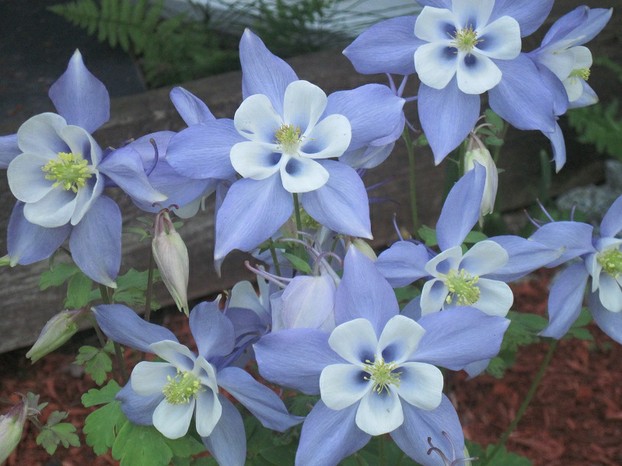
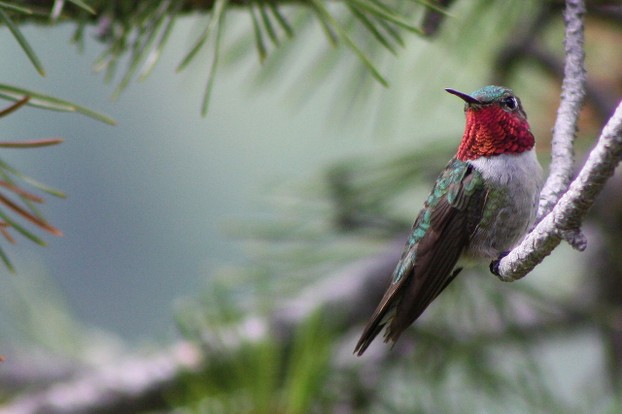
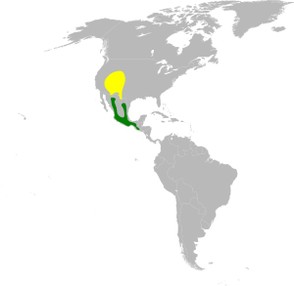
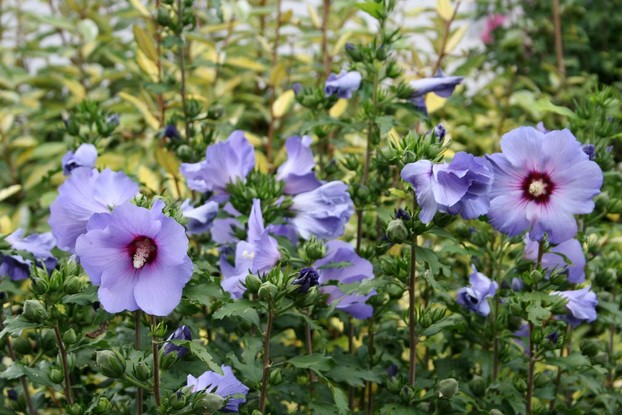
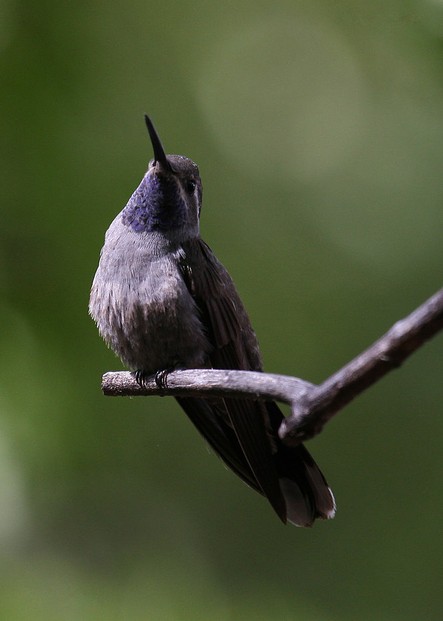
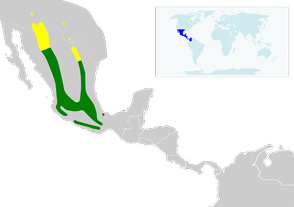
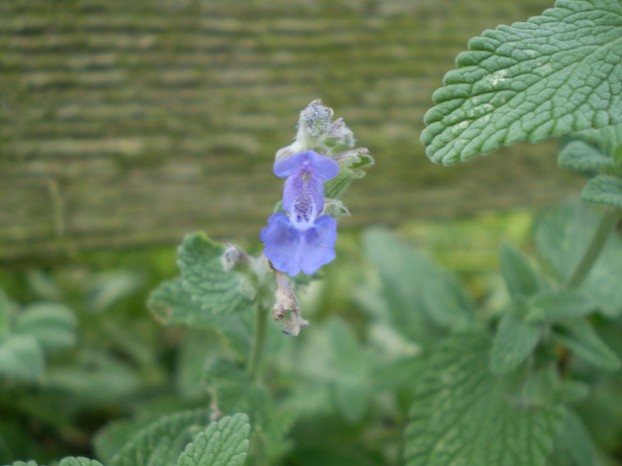
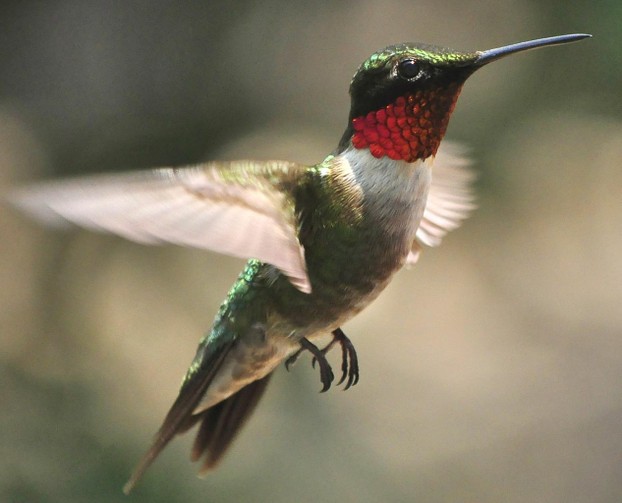
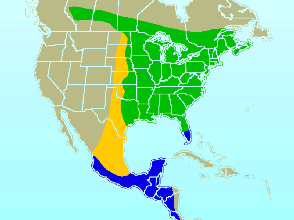
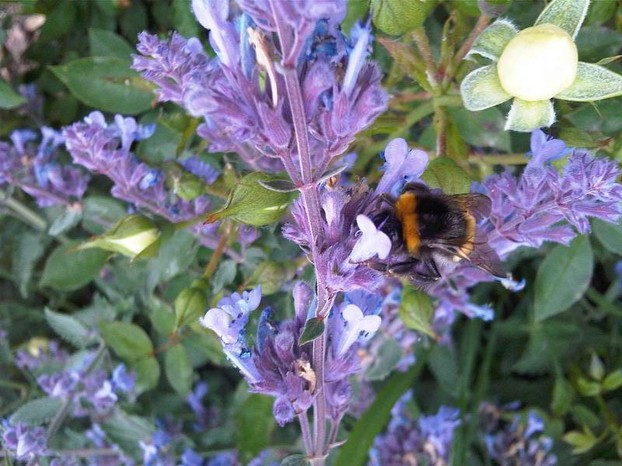
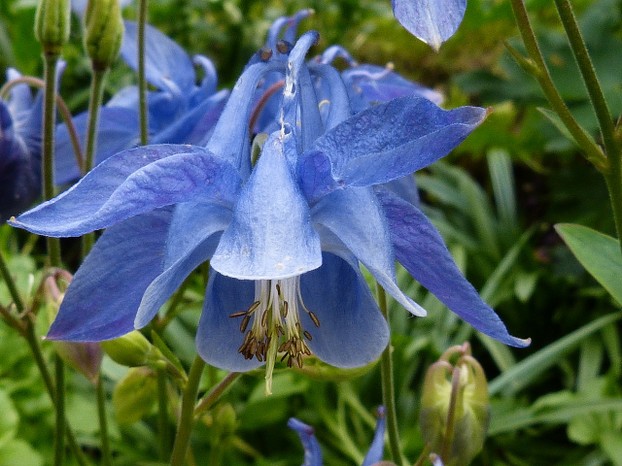
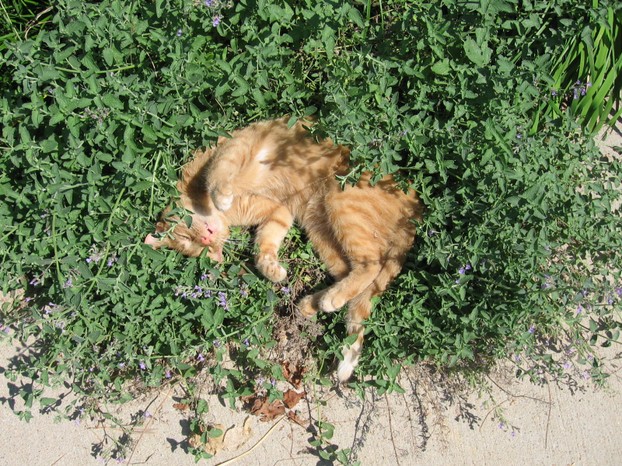
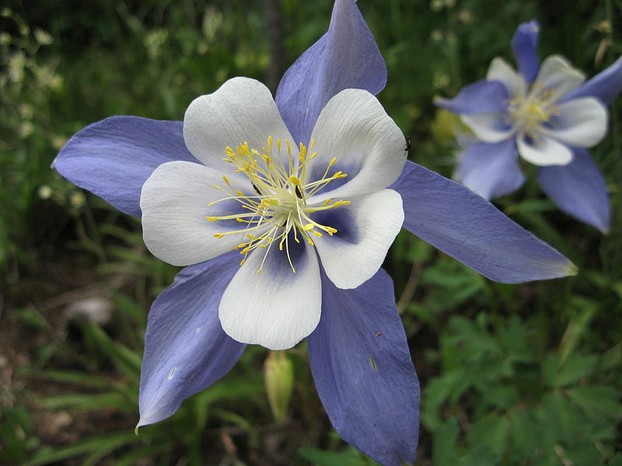








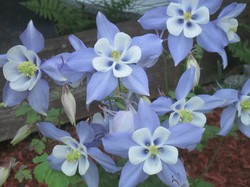

 Are Hawaiian Huakai Po Nightmarchers Avenging Halloween Thursday?on 10/02/2024
Are Hawaiian Huakai Po Nightmarchers Avenging Halloween Thursday?on 10/02/2024
 Mailing Addresses for 2023 Form 4868 Extending 1040 and 1040SR April 15, 2024, Due Dateon 04/15/2024
Mailing Addresses for 2023 Form 4868 Extending 1040 and 1040SR April 15, 2024, Due Dateon 04/15/2024
 Mailing Addresses for 2023 Forms 1040 and 1040SR Filed in 2024on 04/15/2024
Mailing Addresses for 2023 Forms 1040 and 1040SR Filed in 2024on 04/15/2024
 Mailing Addresses for 2022 Form 4868 Extending 1040 and 1040SR April 18, 2023, Due Dateon 04/13/2023
Mailing Addresses for 2022 Form 4868 Extending 1040 and 1040SR April 18, 2023, Due Dateon 04/13/2023

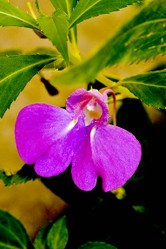
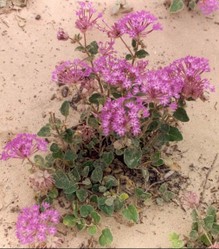
Comments
Thank you for stopping by, WriterArtist!
My sister has traveled extensively throughout India. She included blooming jacaranda trees among her fauna and flora pictures. So I know how beautiful lavender/purple jacaranda tree flowers are!
Blue flowers are not as prolific as other colours like white, yellow and red in nature. In wilderness, I have seen mostly white and yellow. In India, Jacaranda produces purple/lavender blooms profusely which look beautiful on trees. Your choice of blue flower photos are lovely. Blue flowers are rare but they do occur in nature. Not to mention, they look amazing.
katiem2, Thank you for liking my blue selection! One of my favorite gardens is the courtyard to the Isabella Stewart Gardner Museum in Boston, particularly during their blue-themed months for spring and summer.
I love both blue and hummingbirds so this is a gold mine for me. thanks for the headsup on three blue flowers I will be planting this spring, very soon.
Mira, Yes, 'Oiseau Bleu' ('Blue Bird') is a cultivar of Hibiscus syriacus. Apparently the scientific name didn't save when I published this article. Thank you for your sharp eyes and relevant questions: I've re-inserted the details into the title of the capsule; hopefully they will save.
I hope that you are successful in locating blue columbine: it's a wonderful flower.
My wild columbines are blooming now. Their jeweled coloring of red and yellow is simply beautiful.
I came back to this article to look at the flowers. The blue columbine is wonderful. I will try to see if I can find it in flower shops but I doubt it. When you wrote "blue bird" by that image of hibiscus flowers, you meant to say the flower is also known as a "blue bird"??
Maritravel, Hummingbirds are such happy visitors to gardens that it's amazing that they aren't global. Although bees and butterflies are beautiful, the effect is not the same as hummingbirds with their fast hovering skills.
Providing gardens to attract these nectar-lovers is an important contribution to their continued success on this planet.
Just worked my way through your 'colours' articles and have learned a lot about their attractiveness to birdlife. Unfortunately, we don't have hummingbirds in the UK: my main task this summer has been to plant enough blue, mauve and purple plants to attract bees and butterflies, both of which we are losing at a dreadful rate due to pesticides and herbicides. Not many bees yet but I'm encouraged by the number of butterflies.
VioletteRose, Blue columbines are so photogenic, so it's lovely that you were able to take a photo of 2 blue columbines.
Yes, it is good that blue flowers can attract hummingbirds. Red flowers can be quite stunning, but they don't hold the monopoly on beauty, so it's nice to know that hummingbirds find satisfaction in colors other than red.
I love the blue columbine flowers, they are so lovely. I have seen them only one or two times, but I have got a nice photograph of two blue columbine flowers. I didn't know about the other two flowers, they all look beautiful. Good to know that these can attract the beautiful humming birds :)